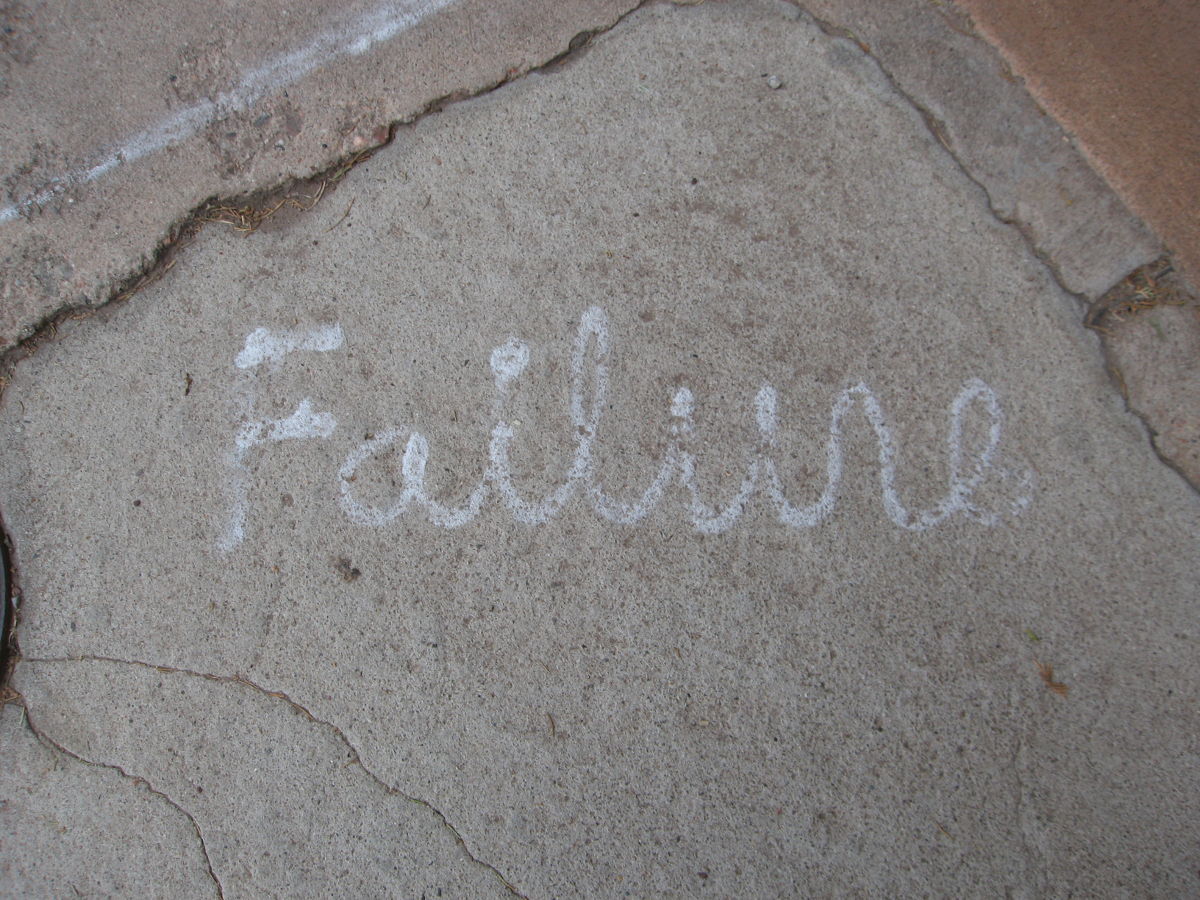Framework
As imperfect human beings as we are, we fail daily in our lives. We fail at jobs, at games (particularly in cases of direct competition or a zero-sum game), at expressing our feelings, thoughts or ideas, at achieving our goals, at understanding the dynamics of success, at becoming better persons, at changing the world into a better place, at being empathetic or helping others, at cooking a delicious meal or at writing a piece of paper. We fail in every single domain in our lives. In every single profession. We fail in understanding music, we fail as doctors, students, lawyers, technicians, taxi drivers, patients, husbands, children, parents, lovers, sellers or buyers, teachers, actors, writers, directors, technicians, designers, observers, speakers, you name it. But just like the concept of time, failure was invented by humans, and to judge the success or failure of a situation is becoming itself a significant task. The beautiful struggle of succeeding is equally important to the beautiful struggle of failing; they are deeply connected and coexist in a peaceful harmony.
Just like everyone else, I encountered failure since I was a child and couldn’t ride a bicycle without the helper wheels. I was afraid that if I will take off the wheels I will fall, so therefore I was losing any bike competition with the other kids from my neighborhood (who already stopped using the helper wheels). Until one day, when my father took off the helper wheels from my small bicycle and forced me to take the risk and ride, assuring me that I am already prepared and I will not fall again. Taking that risk was a powerful feeling of absolute freedom. And because I believed in it, I never fell again. The risk and the sacrifice seem to be the ultimate weapons to overcome failure, but once you take this in consideration, you will no longer fail again. What I was interested in - and still am - is the framework of failure.
Over the years, I met a lot of different people that were afraid of failure, probably due to the fact that this is at a very high scale connected to fear. We fear to fail just as we fear to die, disregarding that once you acknowledge the failure of a situation, you already achieve your first steps to the opposite, which is success.
Since the anatomy of failure is such a strong and complex topic, the first theme from the second version of The Attic explores and analyzes the concept of failure from many different angles, various perceptions and ways of seeing life. Therefore, we invite you to discover in the new version of The Attic the multiple different opinions on failure, on how is it perceived, what is its purpose and meaning, how it affects us and what is the general mark that can be drawn between failure and success.
So, in order to fail in three easy steps, you have to: acknowledge failure (you can’t fail if you don’t know that you are failing), validate it with minimum one person besides yourself and then just dive in and fail with grace!

